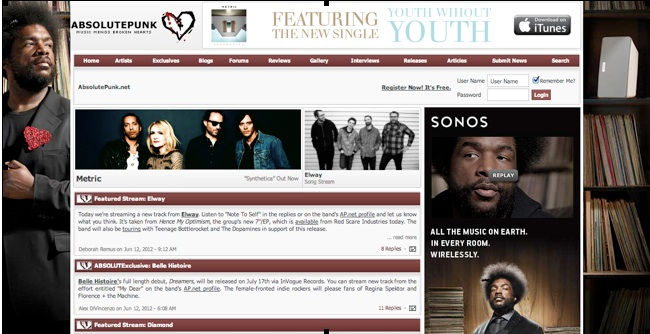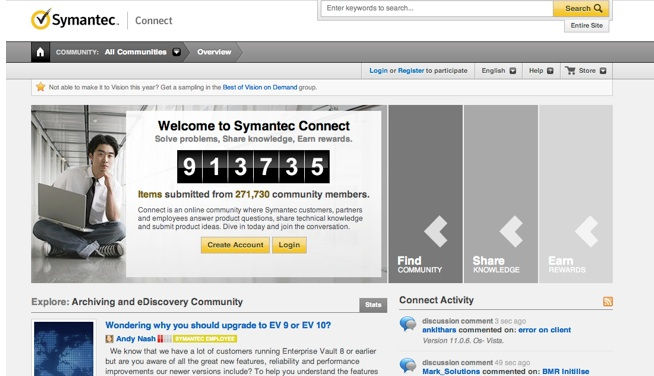Why Content Marketers Need to Take Notice of Online Communities
- Fahad H

- Jun 25, 2012
- 2 min read
Feel like a slave to editorial content? Consider turning your content marketing vehicle into an online community. Let your audience generate content for you. All you need to do is put tools in place for communication and you’re off to the right start.
An online community relies on a combination of editorial content, user-generated content and networking. It’s the definitive place for information and communication around your topic.
If you’ve already built an audience around your content, you’ve won half the battle. Integrate forums into your website and seed them with content. Reach out to influential members of the community to get started. From there, you’ll have the ability to grow your community into a thriving venue.
How is an online community different from a social network?
A social network that wants to be everything to everyone presents information in a way that positions it as the single leader in a broad market. It attempts to become a venue where all of your networks converge, where all communication takes place.
LinkedIn, for instance, facilitates professional relationships — but those introductions are limited in scope. LinkedIn’s primary focus is connecting your personal and professional network in hopes of expanding that network through private introductions.
But that isn’t the most effective way to build your brand.
Online communities, on the other hand, represent a common ground that can spark targeted, valuable conversations. By combining editorial content, user-generated content and networking, online communities provide many benefits to brands:
They provide a venue to highlight thought leaders, which can help you extend your brand.
They provide a way to cut customer support costs if members are sharing ideas.
They enable you to collect audience insights and perform market research.
They give you an opportunity to make money with ad revenue or by providing special access to members.
What are some examples of online communities?
Mashable and AmEx OPEN Forum are two examples of well-known online communities, but there are countless others.
For instance, AbsolutePunk is a community with 500,000 dedicated fans of pop-punk and similar music genres. They rely most heavily on user-generated content, and their “bread and butter” is their site’s advertising. Because AbsolutePunk has gained a reputation for reliability and a large following, musicians and other trendsetters in the industry actually use the online community directly to break news, premiere songs, and share album art prior to the record release date.

Another example of an online community is Symantec Connect. Launched in 2009, Symantec Connect boasts nearly 260,000 community members, 95 percent of whom create content, taking the burden of customer support off of the company.
This helps Symantec save precious time and money normally allocated to a busy support staff. The company still employs a support team to monitor the forums and other community elements, but it has a robust rewards system in place to encourage engagement and contributions from community members.

As a result, Symantec Connect has logged more than 850,000 pieces of content, creating a gigantic, interactive knowledge center that monitors itself. Customers visit to ask questions and share knowledge, finding and sharing answers that power a tight-knit group of brand advocates.
If you want to learn more about online communities, check out my new book, Capturing Community.
Want more content marketing inspiration? Download our ultimate eBook with 100 content marketing examples.
Businesswomen image via Bigstock








Comments